Well, if that's the idea, then there's some problems right off. First up: no signal input. This is a big problem for the external processing function, since you'll need to boost signals up to synth levels to work with them, and nothing here does that. Also, whatever you get for that function also needs to have an envelope follower as a matter of course; envelope followers track the dynamic level of a signal and convert that signal level into a control voltage that can be used for things such as filter cutoffs, VCA controls, etc. Necessary. Very.
Mixing via the Optomix is possible...but really, you need a second mixer (preferably with VCAs) here as well. It's not enough to just mix audio in a modular, as you can get very useful results from mixing different LFO/envelope/etc CVs as well, creating composite modulation signals from that.
Disting is nowhere near useless. It simply does too much to call it that, and for small skiffs like this, you need major multifunctionality. If I were to term something something I see here as 'unnecessary', it might actually be the Just Friends, but a lot of that is due to Mannequins' trendy psuedo-babble that they use to describe the module's functions...as to which, I would like to quote the great thespian Samuel L. Jackson: "ENGLISH, MOTHERF***ER! DO YOU SPEAK IT!?" Seriously, if I have to pull out a copy of 'Psychology Today' to figure out what a module does, I call that 'fail: major'. Anyway, terminology aside, you might even consider TWO Distings, considering what Expert Sleepers jams into the 4 hp they occupy.
I'm gonna tinker with this a bit...but I'm also going to presume that this isn't a powered skiff, and add a power supply just to be on the safe side. If you don't need that, then I suggest dropping in that second Disting, but this'll be done with only one:
OK, now that's solid. Notice that there's a bunch of itty-bitty modules here now, but the functionality is jacked way up. The optional P/S is at left, and like I said, if you're using a powered skiff, just replace it with another Disting and put that next to the one that's there.
External input: added. Morphagene and Telharmonic, as the heads of the signal paths, are right of the Disting(s). Then things change a lot. Next up is a Happy Nerding 3xVCA, which allows you to use the VCAs together in mixing or separately, as needed. Next, I mashed the Maths down to two of its contituent circuits with the pair of Doepfer A-171-2s, saving 4 hp. Waveshaper next, then a pair of modules: a Doepfer A-121-2 multimode VCF (which outputs all modes on separate jacks) and a 2hp mixer, which allows you to mix the VCF's outputs to get some very weird filter voicings. Same space as the Sisters, but still quite strange and cheaper. Then more VCA/mixing, and two FX processors, a 2hp delay and an Erica Pico DSP, which also serves to stereoize your mixed mono signal, so that you get a stereo signal out the right side with that Ladik output, which also has metering and separate inputs so that you can run the Morphagene path out through one, and have the Telharmonic voice on the other.
This thing is capable of some pretty nutzoid stuff, even with the minimal modulation section, due to the Disting (maybe two) and extra VCAs. As far as multiples go, my suggestion is, like with any small skiff, to use inline multiples or stackable cables and just be careful not to connect outputs to outputs. Should work...granted, it's a bitch trying to cram two different signal paths into 104 hp, but it IS doable!


